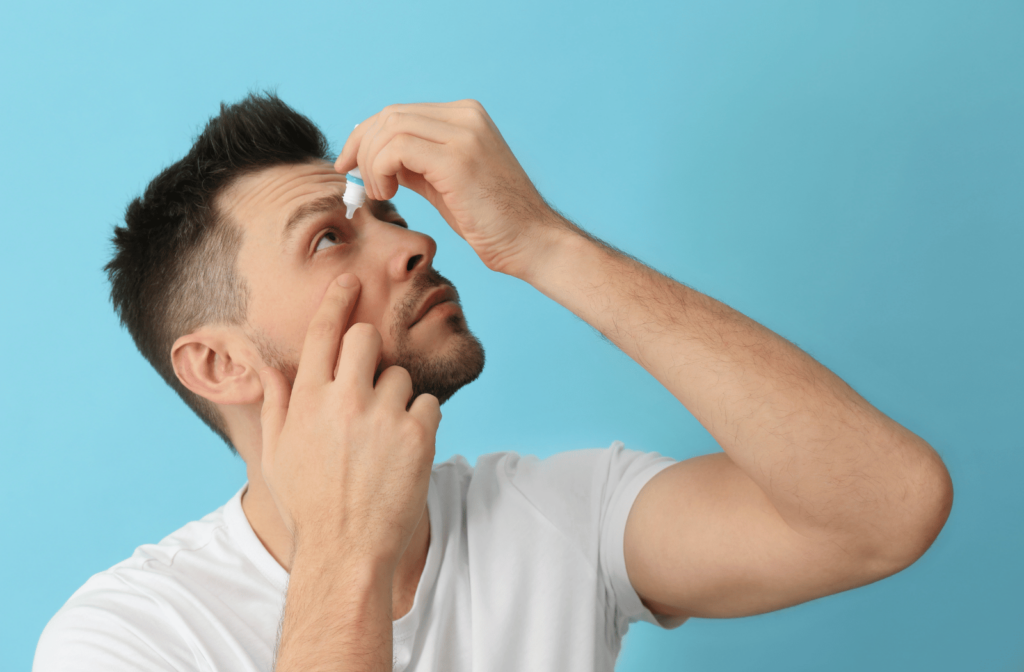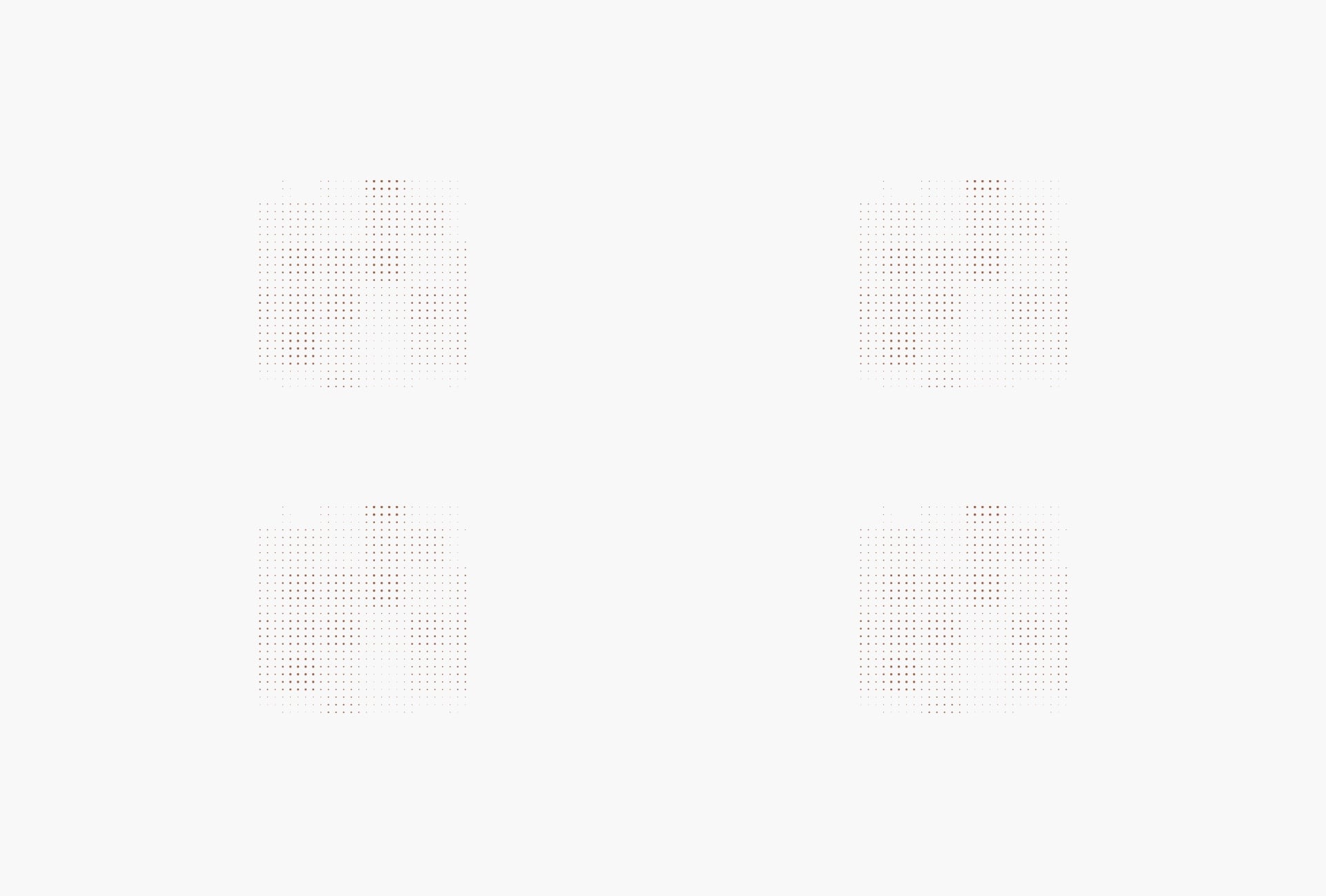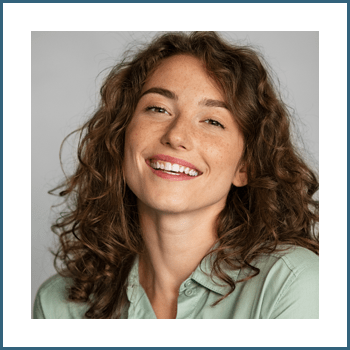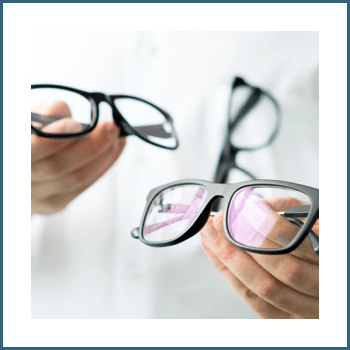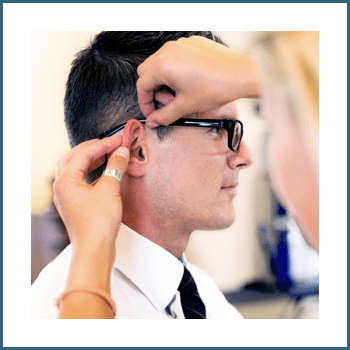Eye drops are often one of the first treatments or solutions recommended for many common eye problems–including allergies, infections, and dry eye. Rewetting eye drops can also significantly benefit patients wearing contact lenses. But when your eyes are irritated, or you have a heightened blink reflex, it can be challenging to put in your own eye drops.
When you’re using artificial tears or eye drops solo, you can make the task more manageable with a few simple strategies.
Tilt Your Head Back
Gravity can work against you. Like rain falling off your face or tears running down your cheeks, water droplets (like eye drops) naturally flush downward. So you may manage to land an eye drop on the rim of your eyelid, only to have it tumble off because of gravity.
Make gravity your ally by tilting your head back. You may feel comfortable leaning your head back while standing or lying down. When you lay flat (such as on a couch or floor), it also limits your movement, making it easier to line up your eye with the dropper. Find a comfortable spot (with neck or head support) and keep your head still.
Get Close
There’s a fine line between poking yourself in the eye and being too far for your drops to make a proper landing. You may need a few attempts before finding your preferred distance.
Generally, closer is better. Holding the dropper a few inches from your eye, with your hand resting on your forehead or cheekbone, can help. A closer distance (without touching the dropper to your skin or eye) can increase your chances of success.
Mirror Guidance
A mirror can help you guide your actions, like putting on makeup or inserting a contact lens. Seeing what you’re doing or where you’re aiming can help make the process more manageable.
A handheld mirror or a phone camera can provide a clearer view when you tilt your head back.
Identify Barriers
Barriers to putting in eye drops can vary from apprehension to shaky hands. You may not immediately know if you have obstacles when it’s your first time using eye drops. Try following the steps and adjust your approach when necessary.
Give yourself enough time and space. A crowded or public space can add pressure to get the task done or make it awkward to arrange yourself comfortably. Set up in a quiet room or an area where you can relax.
You can stabilize a shaky hand by supporting your elbow, wrist, or heel of your hand. Typically, your dominant hand will be the steadier option.
Support your dropper hand by supporting it below the elbow. Or, rest your hand heel (or palm) on a steady surface. Use your free hand as a platform to add stability. Place your free hand between your cheekbone and dropper hand.
Steps for Putting in Eye Drops
After reviewing any barriers or helpful tips to set your task up for success, follow these steps to put in your eye drops:
- Wash your hands. You’re trying to get eye drops in your eyes, not bacteria! Clean hands help prevent contaminating the process.
- Find a comfortable position. You may lie down or face a mirror. Look for a place free of distractions or anything obscuring your space.
- Look up. Direct your eyes upward rather than staring down the dropper. It can help limit your blink reflex because you’re less focused on the object falling toward you.
- Tilt your head back. Support the back of your neck or head with your free hand if standing. When lying down, you may tilt your head back to help position your eyes at the highest point.
- Hold your lower lid. Keeping a gentle hold on your lower lid can help prevent eye drops from falling on closed eyelids.
- Stabilize your hand. Rest part of your hand on your forehead or support your elbow to help keep your dropper hand steady. A shaky hand can lead to raining drops on your face.
- Place the drop. Aim for the middle of the eye or lower eyelid rim. Avoid touching the tip of the bottle directly on your eyelid or eye surface.
- Blink a few times. Spread the eye drop by blinking. Also, look around or roll your eyes to improve surface spread. You can dab away any excess or runoff fluid with a tissue or clean cloth.
- Drops first. If you are prescribed eye drops and ointment, use the eye drops first, as the ointment can prevent liquid absorption. If you’re prescribed multiple eye drop types, wait 5 minutes before applying the second eye drop type.
- Repeat for the second eye. When applying eye drops to both eyes, repeat the same steps.
- Rewash your hands. Clean off any medication or substance you may have touched while applying your eye drops.
Visit Us for a Helping Hand
Putting in your own eye drops is one of many eye care skills you can improve with practice—or a few tips. But accepting help when it’s offered can also make tricky tasks more comfortable. Parents should help younger children and keep any medicated eye drops in a safe place. And getting a partner’s or family member’s aid can speed up the process!
Although we won’t be with you every time you put in drops, eye care tips are only the start of how we can offer a helping hand. Westmount Optometrists is committed to providing you and your family with compassionate care. So whether you need advice on little things like eye drops or treatment for big things, visit us for an appointment!


